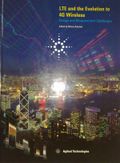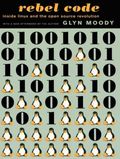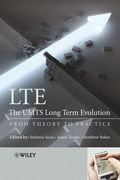 It seems my blog is one of the few places on the web where you can find reviews on books about wireless technology. So today, I want to continue with a great book from Moray Rumney about "LTE and the Evolution to 4G Wireless".
It seems my blog is one of the few places on the web where you can find reviews on books about wireless technology. So today, I want to continue with a great book from Moray Rumney about "LTE and the Evolution to 4G Wireless".
I've known Moray for a while now and his down to earth view on where the wireless industry is moving, or rather to where it should be moving, have had an impact on my own thinking over time and I am very grateful for that. Therefore I am especially pleased that Moray has completed his work on the book.
The book title already tells a lot of what the book is about and after a long bus ride through the English countryside and a couple of plane trips I am now halfway through and have learnt so much already that it is difficult to put it down. Expect a couple of blog posts on some very technical topics based on what I have found in the book soon.
In the first part of the book a solid introduction is given on LTE starting with the ideas behind the air interface, the new physical layer including a close look at the physics behind it, the channel structure, radio resource signaling, higher layer signaling, the new core network, etc. etc. Very impressive and much much more readable than the standard documents! For those with appetite for more, each chapter lists the standard documents it is based on. Invaluable pointers!
The second part of the book then focuses on design and verification challenges and conformance testing. I have to admit my knowledge about the physical layer does not go much farther than understanding the basic concepts so I always wondered how first mobiles and base stations can be developed without each other and tested against the standard. So even though the second part of the book is though for me to read due to my limited knowledge in that domain it is nevertheless very worthwhile as my understanding and feeling for the technology grows with every page.
The final chapter of the book then discusses LTE-Advanced and the potential improvements that could be made on LTE, a system that is not yet even rolled out. Beyond only listing potential areas of work, Moray also explains where the difficulties and pitfalls lie in extending a system that already pushes the limits quite far today.
With all the details included in the book it's difficult to do it alone. The co-author lists is the most extensive I have seen so far, it's over 30 names and short-bios. So expect ultra-precise knowledge on each topic!
By now it's probably obvious that I can fully recommend the book. In case you give it a go, have fun reading it!




